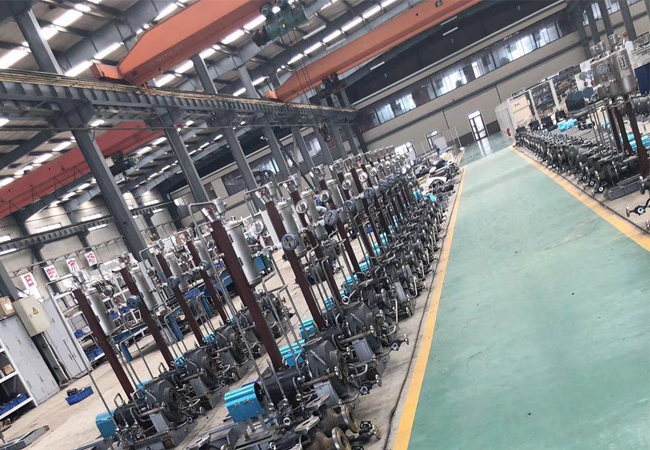Tatar
- Afrikaans
- Albanian
- Amharic
- Arabic
- Armenian
- Azerbaijani
- Basque
- Belarusian
- Bengali
- Bosnian
- Bulgarian
- Catalan
- Cebuano
- Corsican
- Croatian
- Czech
- Danish
- Dutch
- English
- Esperanto
- Estonian
- Finnish
- French
- Frisian
- Galician
- Georgian
- German
- Greek
- Gujarati
- Haitian Creole
- hausa
- hawaiian
- Hebrew
- Hindi
- Miao
- Hungarian
- Icelandic
- igbo
- Indonesian
- irish
- Italian
- Japanese
- Javanese
- Kannada
- kazakh
- Khmer
- Rwandese
- Korean
- Kurdish
- Kyrgyz
- Lao
- Latin
- Latvian
- Lithuanian
- Luxembourgish
- Macedonian
- Malgashi
- Malay
- Malayalam
- Maltese
- Maori
- Marathi
- Mongolian
- Myanmar
- Nepali
- Norwegian
- Norwegian
- Occitan
- Pashto
- Persian
- Polish
- Portuguese
- Punjabi
- Romanian
- Russian
- Samoan
- Scottish Gaelic
- Serbian
- Sesotho
- Shona
- Sindhi
- Sinhala
- Slovak
- Slovenian
- Somali
- Spanish
- Sundanese
- Swahili
- Swedish
- Tagalog
- Tajik
- Tamil
- Tatar
- Telugu
- Thai
- Turkish
- Turkmen
- Ukrainian
- Urdu
- Uighur
- Uzbek
- Vietnamese
- Welsh
- Bantu
- Yiddish
- Yoruba
- Zulu
Telephone: +86 13120555503
Email: frank@cypump.com
Дек . 12, 2024 11:26 Back to list
water pipeline booster pump
Understanding Water Pipeline Booster Pumps
Water pipeline booster pumps play a crucial role in modern water supply systems, ensuring adequate pressure and flow rates to meet the demands of various applications. As urban populations continue to grow, and as industries seek reliable water sources, the importance of these pumps cannot be overstated. In this article, we will explore the functions, benefits, and considerations related to water pipeline booster pumps.
What are Booster Pumps?
Booster pumps are specialized devices designed to increase the pressure of water in a piping system. They are particularly vital in scenarios where water needs to be transported over long distances, or when it must be raised to significant heights, such as in high-rise buildings or irrigation systems. These pumps work by drawing water from a lower pressure zone and delivering it to a higher pressure zone, effectively overcoming gravitational and frictional losses that occur in the pipeline.
Applications of Booster Pumps
Booster pumps find applications in a wide range of settings.
1. Municipal Water Supply In many cities, ground-level water pressure may not be sufficient for all residents, especially in elevated areas. Booster pumps ensure that water can reach these heights, providing equitable access to water for all consumers.
2. Industrial Use Factories and manufacturing plants often require a consistent and high-pressure water supply for processes like cooling, cleaning, and production. Booster pumps help maintain the necessary pressure levels to support these operations.
4. Fire Protection Systems In buildings, particularly high-rises, booster pumps are essential for firefighting systems, ensuring that water can be delivered to upper floors quickly during an emergency.
water pipeline booster pump

Advantages of Using Booster Pumps
The implementation of booster pumps offers several significant advantages
1. Improved Pressure The primary benefit of booster pumps is the enhanced water pressure they provide. This is essential for ensuring that water reaches all parts of a pipeline system effectively.
2. Increased Flow Rate By raising the water pressure, booster pumps can also increase the flow rate, allowing for more water to be delivered in a given time.
3. Cost Efficiency Although there is an upfront cost associated with purchasing and installing booster pumps, they can lead to long-term savings on water bills and maintenance, as they reduce the need for extensive piping infrastructure.
4. Flexibility and Scalability Booster pumps can be added to existing systems relatively easily, making it simple to scale up water delivery systems as demand grows.
Considerations for Installation
When considering installation, it is vital to select the right type of booster pump based on specific needs. Factors such as the required pressure, flow rate, and the nature of the application must be evaluated. Additionally, proper installation and regular maintenance are crucial for ensuring efficient operation and longevity of the pumps.
Conclusion
Water pipeline booster pumps are indispensable components in the quest to deliver clean and adequate water supplies in our increasingly urbanized world. By efficiently managing water pressure and flow, these pumps ensure equitable access and support diverse needs across residential, industrial, and agricultural sectors. As water challenges continue to evolve, the role of booster pumps will be even more critical in maintaining sustainable water systems.
-
ISG Series Vertical Pipeline Pump - Chi Yuan Pumps Co., LTD.|High Efficiency, Energy Saving, Low Noise
NewsJul.30,2025
-
ISG Series Vertical Pipeline Pump- Chi Yuan Pumps|High Efficiency&Low Noise
NewsJul.30,2025
-
ISG Series Vertical Pipeline Pump-Chi Yuan Pumps Co., LTD.|High Efficiency&Energy Conservation
NewsJul.30,2025
-
ISG Series Vertical Pipeline Pump - Chi Yuan Pumps Co., LTD.|Advanced Hydraulic Design&Energy-Efficient Solutions
NewsJul.30,2025
-
ISG Series Vertical Pipeline Pump - Chi Yuan Pumps Co., LTD.
NewsJul.30,2025
-
ISG Series Vertical Pipeline Pump - Chi Yuan Pumps Co., LTD.|energy-efficient fluid handling&industrial durability
NewsJul.30,2025










